Dave Philhower joined Capital City in 2000 as a founding 3rd and 4th grade teacher. He currently teaches 3rd and 4th graders at Lodestar, a Lighthouse Community Public School in Oakland, CA. Read this guest blog about his favorite expedition during his 10 years with Capital City.
In the beginning of Capital City, we were small and mighty – a strong cohort of families, leaders and about 16 teachers. We used a few stars to keep on course during our journey – the Responsive Classroom model, Guided Reading, shared leadership, high academic expectations aligned to state standards, and the EL (formerly Expeditionary Learning) model. When Capital City opened, we were one of a handful EL schools in the Mid-Atlantic, and there was a list of ten Design Principles on the wall. Twenty years later, these ideas are still core to my teacher leadership. In celebration of Capital City’s 20th Anniversary, I share these reflections on one of my favorite expeditions – the Small Mammal Project at the Smithsonian’s National Zoo.
The Having of Wonderful Ideas
After our launch year, my eyes were open for our next way to ‘use the city to learn’. In the summer between 2000-2001, I randomly met the web designer for the Friends of the National Zoo, and an idea started growing – an idea for student voice, for local, place-based learning, and for the real-life use of national language arts and science standards.
In early August, I met with a crew of Zoo employees in the basement of the Small Mammal House. Next to bags of monkey chow and a scale full of fruit, they shared a dream of connecting more DC students to the Zoo... and I had an incoming class of 24 third grade students. Together, we had a wonderful idea.

The Natural World
On November 6th, 2001, we rode the Zoo bus to the Small Mammal House for an expedition kick-off. Let in an hour before opening time, Zoo keepers introduced us to some of the animals, and to themselves. That month, we visited the National Zoo twice a week. We dove deep, taking notes on the keeper talks about the 9 small mammals we would be researching later that year, addressing body features and adaptations, diet, social structures and habitat.
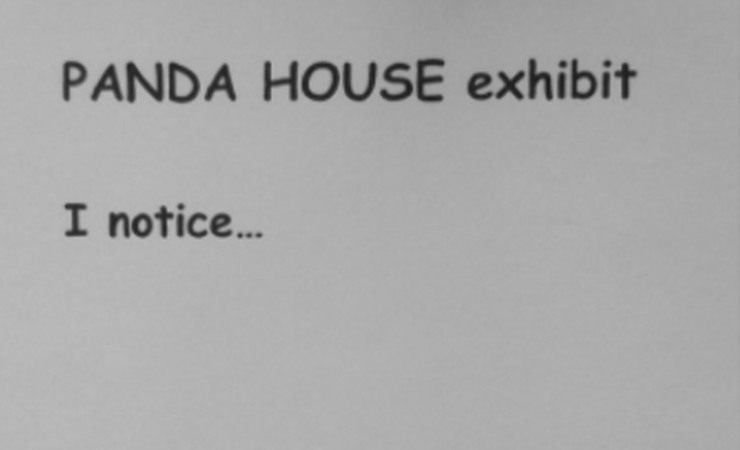
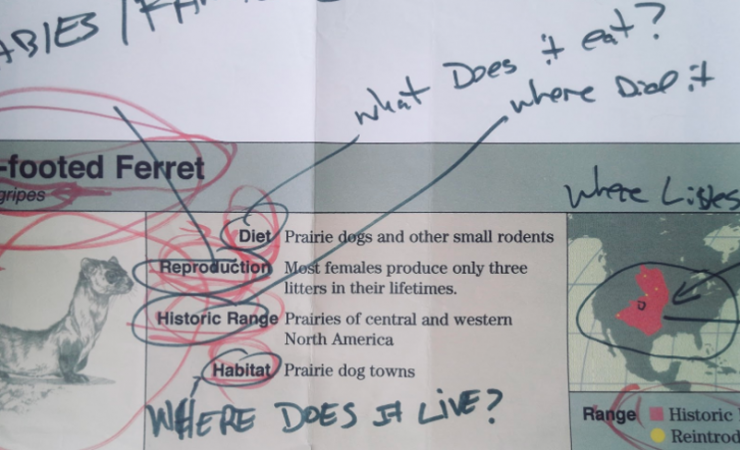
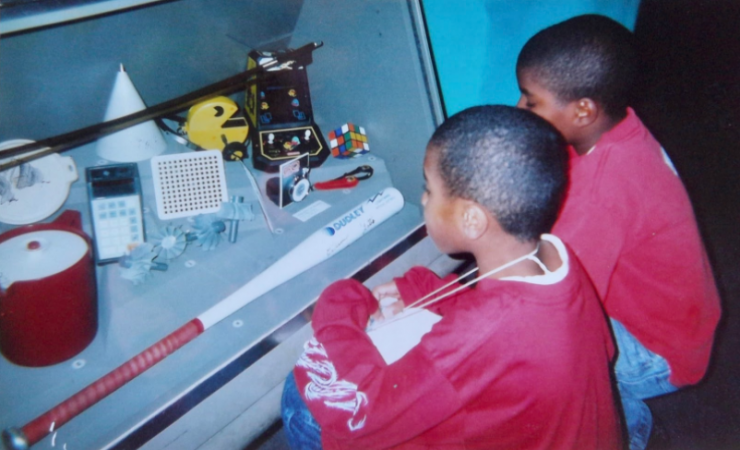
Critique
Through November and December of 2001, third graders and I began to learn how to ‘see’ museum exhibits. With parents as partners on fieldwork, we would rotate through exhibits and answer several key thinking questions: “I notice”, “I like”, and “If I were the Zoo, I would change.” One EL Education mentor, Ron Berger, had an important lesson for us: get students critiquing work, discussing strengths and weaknesses to make their work better.
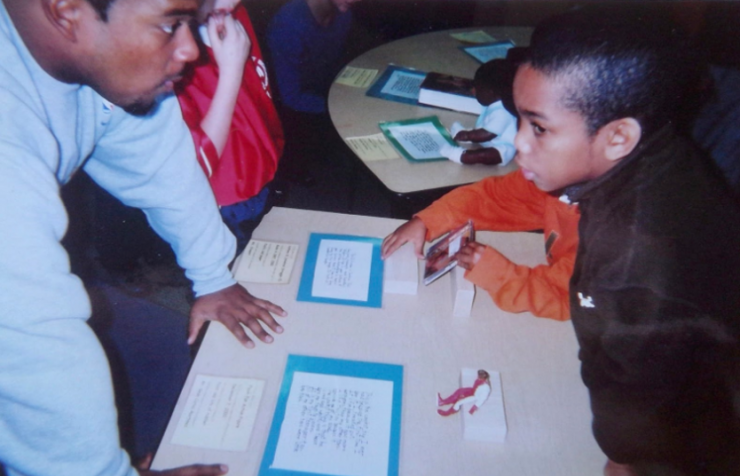
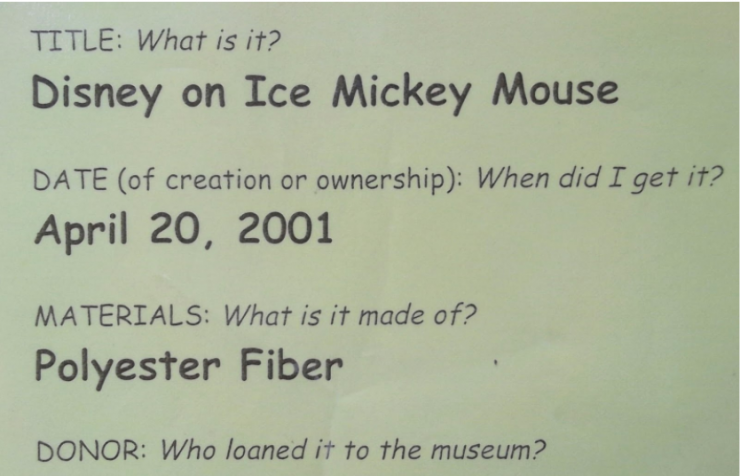
The Responsibility for Learning
For our mid-year Celebration of Learning in 2001, students helped create our own classroom museum. They chose any item from home and wrote their own museum label. Peers, teachers, and parents rotated through to talk with them about their choice and see their one-two paragraph description.

Service and Compassion + Adventure
In January the letter came. The National Zoo was asking us for our help. We were going to design new interpretive displays for the Small Mammal House! Alongside my partners at the Zoo, and after hearing from the students what they found confusing in the display signage, we dove into the possibilities of co-designing more kid-friendly, readable display signage, beginning with the simple, deep questions we came to during an in-class critique.
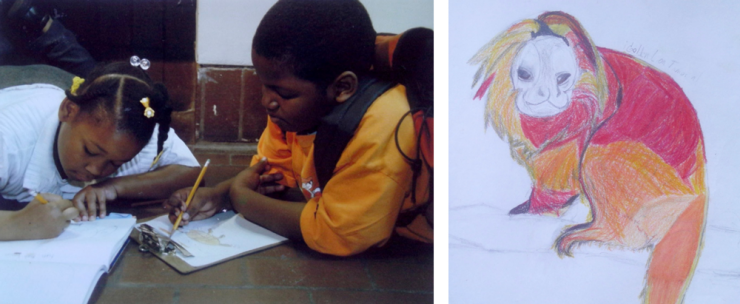
The Primacy of Self-Discovery
We read and wrote animal poems, learned more about world geography, practiced our scientific drawing skills with the keen-eyed help of one of the Zoo illustrators, and kindly, specifically critiqued the current displays to help us hone in on our guiding question: what makes a kid-friendly exhibition. We met many of the Zoo’s design staff and leaders. We had work to do, together.
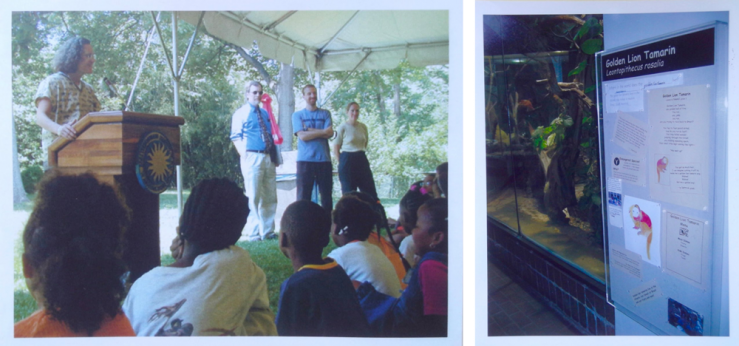
The Sharing of High Quality Work
In the real-world, we meet with our bosses to pitch ideas, collect feedback from our colleagues, and then show/share/sell our work to the wider public. On May 31, 2002, we all gathered at the National Zoo. Students spent an hour answering questions and showing off their work.
Diversity and Inclusion
It took many people-hours outside of the classroom to pull off this audacious work. Capital City family members accompanied me as co-teachers on about 20 fieldwork trips to zoos and museums. My Zoo partners bravely put student work up for critique. I learned later that this was not a universally adored project. Some thought that only professional, grown-up designers should do this work. But we were let in. Capital City’s young people earned their institutional trust. This was perhaps my best expedition ever, and I am eternally grateful to all the hands that touched this work.
